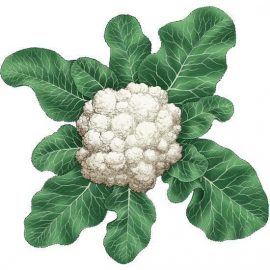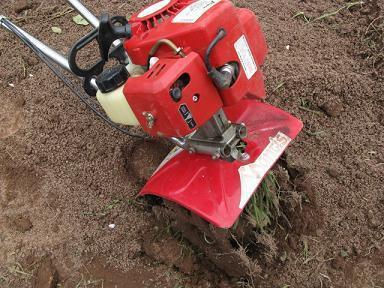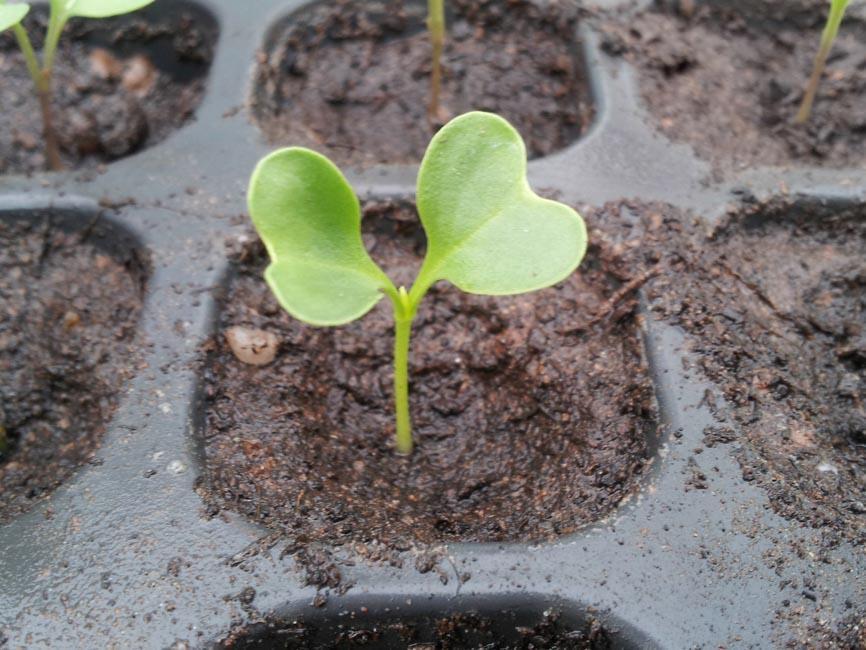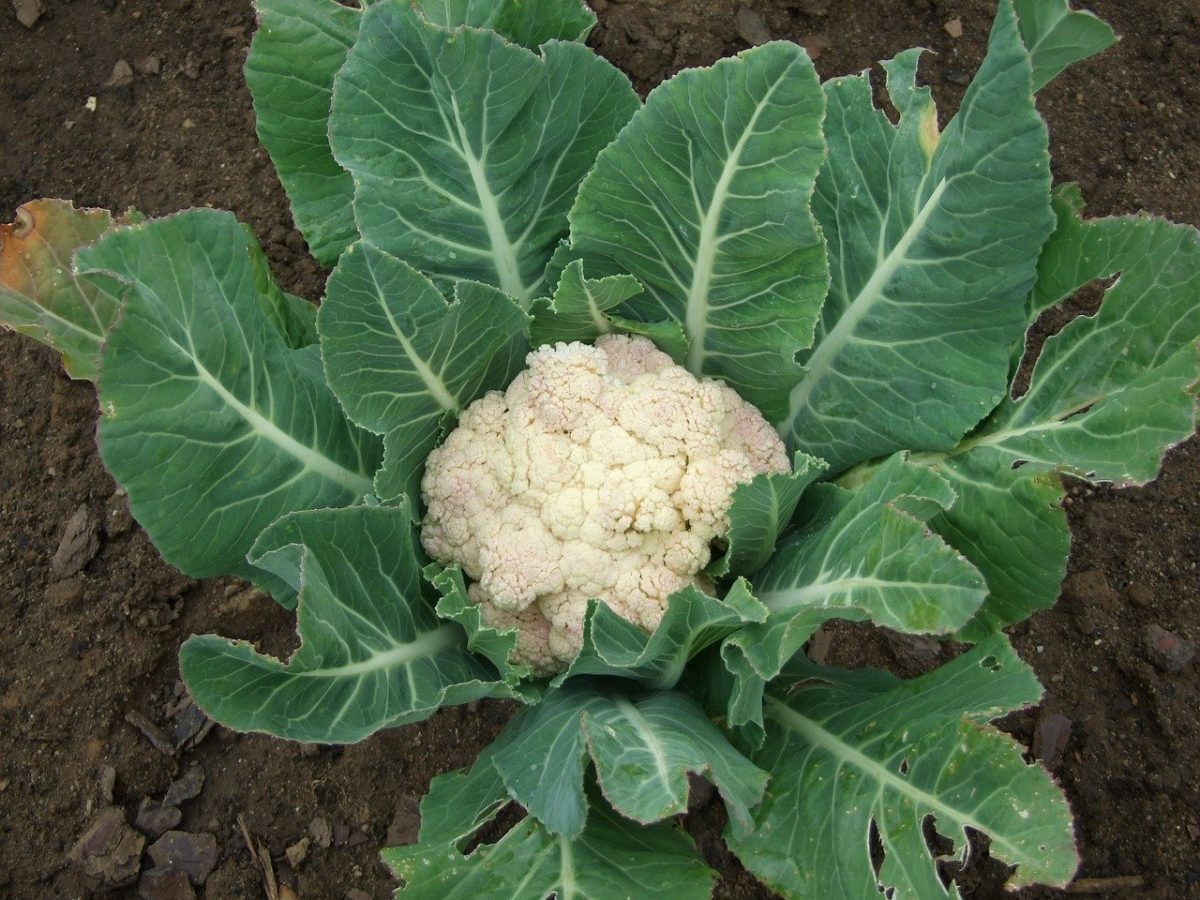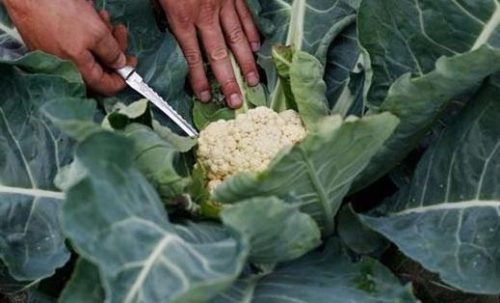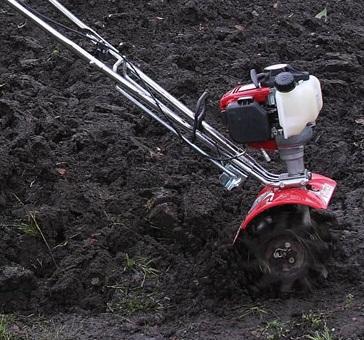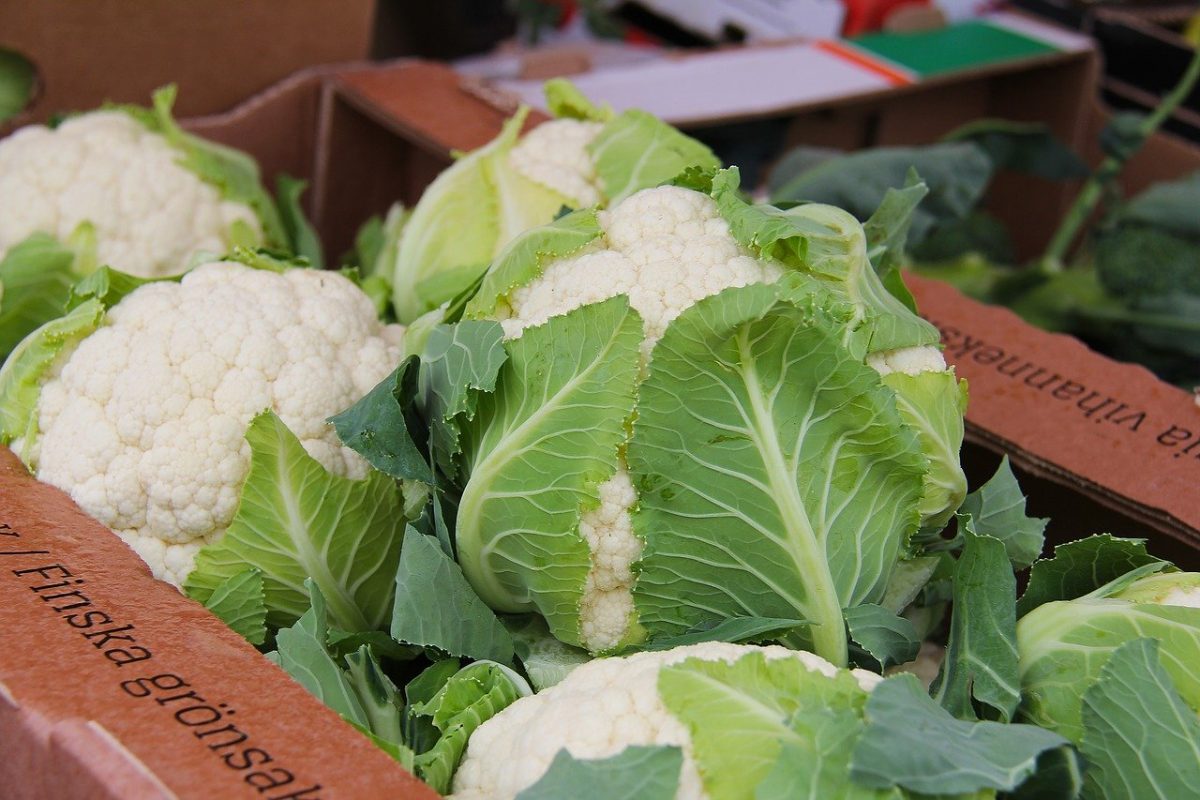Cauliflower, information about crop management
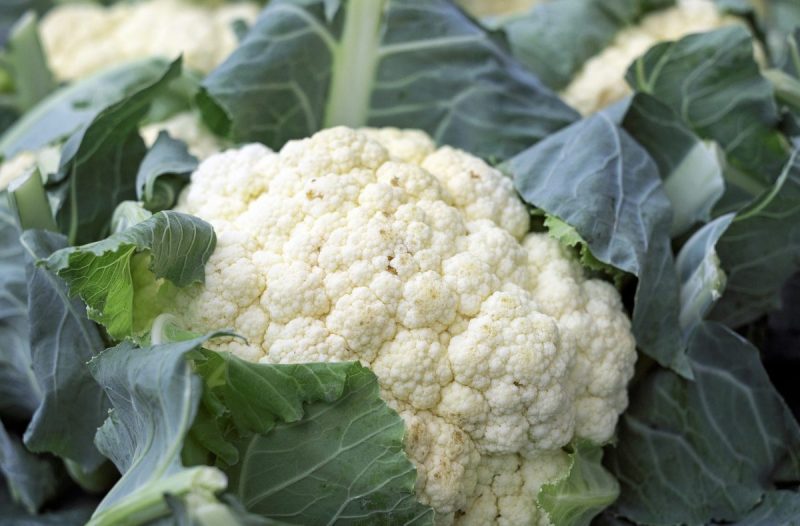
Cauliflower (Brassica oleracea var botrytis) is cultivated for its fleshy inflorescences and is used in food in the form of culinary preparations or canned food. Brassica oleracea var. botrytis inflorescences contain carbohydrates, proteins, phosphorus, potassium, calcium, magnesium, and iron but also have therapeutic properties for detoxification and prevention of certain diseases.
Cauliflower is believed to have originated in Cyprus, spreading over time throughout the world. It is grown in large areas in the UK, France, Spain, Italy, Holland, and Belgium, due to high demand for domestic consumption.
Cauliflower root is pivoting and penetrates up to 40 cm into the soil. The leaves are petiolate, oval-elongated, with a finely toothed edge. At about 70 days after sprouting, when the plant has 9-12 leaves, the inflorescence, the edible part, appears. The fruit is a silique inside which are spherical, brown seeds, 2-2.5 cm in diameter. The germinating capacity lasts up to six years.
Climate and soil requirements
The optimum germination temperature is 18-20 ℃, and the optimum growth temperature is between 15 and 20 ℃. In hot and dry periods, production is low. After inflorescence formation, cauliflower is sensitive to frost. The soil moisture must be maintained at 80% and the high humidity in the air favors obtaining high yields. It prefers loose soils, rich in humus, with a pH between 6.8 and 7.5. On compacted soils, the root suffocates, which leads to stagnant plant growth.
Cultivation
CAULIFLOWER CULTURE IN THE FIELD
Crop rotation
Cauliflower can return to the same field after 3-4 years. Best results are obtained after wheat, barley, oats, clover, alfalfa, peas, beans, tomatoes, aubergines, courgettes, and pumpkins. Cauliflower should not be grown after rapeseed, mustard, radishes, or other crucifers, as they have diseases and pests in common.
Soil preparation
The crop can be established in early spring or summer. In both cases, the soil must be prepared in autumn by applying fertilizers. After fertilization, the soil should be tilled to a depth of 25-30 cm. Cauliflower has a well-developed root system and requires well-worked soil. In spring, the soil needs to be tilled, leveled, and fertilized with NPK complex fertilizers. Dosages are determined according to a preliminary soil analysis. A pre-emergent herbicide can be applied a few days before planting.
Recommended products
-
You can find products on a different store
Change Store -
You can find products on a different store
Change Store -
You can find products on a different store
Change Store -
You can find products on a different store
Change Store -
You can find products on a different store
Change Store -
You can find products on a different store
Change Store -
You can find products on a different store
Change Store -
You can find products on a different store
Change Store -
You can find products on a different store
Change Store -
You can find products on a different store
Change Store -
You can find products on a different store
Change Store -
You can find products on a different store
Change Store -
You can find products on a different store
Change Store -
You can find products on a different store
Change Store -
You can find products on a different store
Change Store -
You can find products on a different store
Change Store -
You can find products on a different store
Change Store -
You can find products on a different store
Change Store -
You can find products on a different store
Change Store -
You can find products on a different store
Change Store -
You can find products on a different store
Change Store -
You can find products on a different store
Change Store -
You can find products on a different store
Change Store -
You can find products on a different store
Change Store
Seedling preparation and planting
The cauliflower crop starts with seedlings. For the early crop, seedlings must be produced in hotbeds, and sown in February. The seeds must be evenly distributed on the substrate, and then covered with a thin layer of soil. When the seedlings have 2 true leaves, they should be planted in pots of 5 x 5 cm. For the hotbed, use a suitable substrate.
Recommended products
-
You can find products on a different store
Change Store -
You can find products on a different store
Change Store -
You can find products on a different store
Change Store -
You can find products on a different store
Change Store -
You can find products on a different store
Change Store -
You can find products on a different store
Change Store -
You can find products on a different store
Change Store -
You can find products on a different store
Change Store -
You can find products on a different store
Change Store -
You can find products on a different store
Change Store -
You can find products on a different store
Change Store -
You can find products on a different store
Change Store -
You can find products on a different store
Change Store -
You can find products on a different store
Change Store -
You can find products on a different store
Change Store -
You can find products on a different store
Change Store -
You can find products on a different store
Change Store -
You can find products on a different store
Change Store -
You can find products on a different store
Change Store -
You can find products on a different store
Change Store -
You can find products on a different store
Change Store -
You can find products on a different store
Change Store -
You can find products on a different store
Change Store -
You can find products on a different store
Change Store
Planting should take place between 15 March and 10 April and the seedlings should have 4-5 real leaves. The seedlings need to be well watered the day before planting and hardened off 2-3 weeks before. This procedure involves opening the ventilation windows of the hotbed/polyhouse in the morning and closing them in the evening. In the last week, the windows should be left open at night as well, so that the plants can acclimatize to the new environmental conditions. Planting can be done as follows: 70 cm between rows and 35-40 cm between plants per row. After planting, water to encourage trapping.
For the autumn crop, seedlings are produced in the field, with sowing in May. The sowing scheme can be 5×5 cm. The planting season is between 10 June and 25 July, using the same planting distances.
Pests and disease control
The cauliflower crop should be checked periodically, as the attack of diseases and pests is rapid and in a short time it can be destroyed. To avoid the appearance of diseases or pests resistant to pesticides, it is recommended to alternate the products.
Weed control
Cauliflower prefers well-loosened soil, as compacted soils cause roots to suffocate. It is recommended to apply 3-4 hoeings to destroy weeds and to adjust the aero-hydric regime of the soil. Weeds can be controlled chemically by applying herbicides.
Recommended products
-
You can find products on a different store
Change Store -
You can find products on a different store
Change Store -
You can find products on a different store
Change Store -
You can find products on a different store
Change Store -
You can find products on a different store
Change Store -
You can find products on a different store
Change Store -
You can find products on a different store
Change Store -
You can find products on a different store
Change Store -
You can find products on a different store
Change Store -
You can find products on a different store
Change Store -
You can find products on a different store
Change Store -
You can find products on a different store
Change Store -
You can find products on a different store
Change Store -
You can find products on a different store
Change Store -
You can find products on a different store
Change Store -
You can find products on a different store
Change Store -
You can find products on a different store
Change Store -
You can find products on a different store
Change Store -
You can find products on a different store
Change Store -
You can find products on a different store
Change Store -
You can find products on a different store
Change Store -
You can find products on a different store
Change Store -
You can find products on a different store
Change Store -
You can find products on a different store
Change Store
Other tips and care works
Seven days after planting, fill the gaps in the crop with seedlings of the same age and variety.
Inflorescences are sensitive to solar radiation and for this reason, the leaves must be tied above the inflorescence to protect it. Commercial hybrids on the market today are self-wrapping, in which case no work is necessary.
Cauliflower needs constant moisture in the soil to form a rich inflorescence. Irrigation must be used so that the soil moisture remains at 70-80%, using norms of 400 m3/ha/water. Watering frequency depends on environmental factors and the amount of rainfall.
Four weeks after planting, apply fertilizer, using a special fertilizer for vegetables. Before the plant forms inflorescence, you can apply foliar fertilizers.
Recommended products
-
You can find products on a different store
Change Store -
You can find products on a different store
Change Store -
You can find products on a different store
Change Store -
You can find products on a different store
Change Store -
You can find products on a different store
Change Store -
You can find products on a different store
Change Store -
You can find products on a different store
Change Store -
You can find products on a different store
Change Store -
You can find products on a different store
Change Store -
You can find products on a different store
Change Store -
You can find products on a different store
Change Store -
You can find products on a different store
Change Store -
You can find products on a different store
Change Store -
You can find products on a different store
Change Store -
You can find products on a different store
Change Store -
You can find products on a different store
Change Store -
You can find products on a different store
Change Store -
You can find products on a different store
Change Store -
You can find products on a different store
Change Store -
You can find products on a different store
Change Store -
You can find products on a different store
Change Store -
You can find products on a different store
Change Store -
You can find products on a different store
Change Store -
You can find products on a different store
Change Store
Harvesting
It can be done in the morning when the inflorescence is turgescent. The operation is done manually, by cutting the inflorescence with a knife. Cutting is done so that part of the plant’s leaves remain attached to the inflorescence, to protect it. Harvesting occurs in 2-3 passes and the inflorescences can be kept for a short period in cold, high relative humidity spaces. Early cauliflower is harvested from May to June and autumn cauliflower from September to October.
CAULIFLOWER CULTIVATION IN PROTECTED AREAS
Soil preparation
The crop can be established in early spring or summer. This is done by removing the previous crop, then applying manure or NPK complex fertilizer and plowing at a depth of 25-30 cm. The fertilizer rates are determined by a soil analysis. A few days before planting, the soil should be tilled and leveled, then you can apply a pre-emergent herbicide.
Recommended products
-
You can find products on a different store
Change Store -
You can find products on a different store
Change Store -
You can find products on a different store
Change Store -
You can find products on a different store
Change Store -
You can find products on a different store
Change Store -
You can find products on a different store
Change Store -
You can find products on a different store
Change Store -
You can find products on a different store
Change Store -
You can find products on a different store
Change Store -
You can find products on a different store
Change Store -
You can find products on a different store
Change Store -
You can find products on a different store
Change Store -
You can find products on a different store
Change Store -
You can find products on a different store
Change Store -
You can find products on a different store
Change Store -
You can find products on a different store
Change Store -
You can find products on a different store
Change Store -
You can find products on a different store
Change Store -
You can find products on a different store
Change Store -
You can find products on a different store
Change Store -
You can find products on a different store
Change Store -
You can find products on a different store
Change Store -
You can find products on a different store
Change Store -
You can find products on a different store
Change Store
Seedling preparation and planting
The crop is established by seedlings produced in seedbeds, using 500 g of seed per hectare of crop. When the seedlings have 2 true leaves, they should be pricked out in pots of 5 x 5 cm. Treatment with a specific fungicide is applied, to prevent damping-off.
The planting takes place in early March (for the spring crop) or late July (for the autumn crop). 1-2 weeks before planting, the seedlings should be hardened by reducing the temperature in the seedbed to values similar to those of the polyhouse in which they will be planted. The ventilation windows should be opened daily, depending on the temperature and weather conditions outside. You can plant 70 cm between rows and 35 cm between plants per row, or even more often in the case of extra early cauliflowers.
Pests and disease control
The cauliflower crop should be checked periodically, as the attack of diseases and pests is rapid and in a short time it can be destroyed. To avoid the appearance of diseases or pests resistant to pesticides, it is recommended to alternate the products.
Weed control
Cauliflower prefers well-loosened soil, as compacted soils cause roots to suffocate. It is recommended to apply 3-4 hoeings to destroy weeds and to adjust the aero-hydric regime of the soil.
Other tips and care works
Seven days after planting, fill the gaps in the crop with seedlings of the same age and variety.
The polyhouse cover must be kept clean to ensure as much light as possible. The polyhouse shall be aired regularly to reduce the risk of foliar diseases.
To form a rich inflorescence, cauliflower needs constant moisture in the soil. Irrigate so that the soil moisture is maintained at 70-80%. The frequency of watering depends on environmental factors and the amount of rainfall.
Four weeks after planting apply fertilizers, using NPK complex fertilizer. Before the plant forms inflorescence, you can apply foliar fertilizers.
Recommended products
-
You can find products on a different store
Change Store -
You can find products on a different store
Change Store -
You can find products on a different store
Change Store -
You can find products on a different store
Change Store -
You can find products on a different store
Change Store -
You can find products on a different store
Change Store -
You can find products on a different store
Change Store -
You can find products on a different store
Change Store -
You can find products on a different store
Change Store -
You can find products on a different store
Change Store -
You can find products on a different store
Change Store -
You can find products on a different store
Change Store -
You can find products on a different store
Change Store -
You can find products on a different store
Change Store -
You can find products on a different store
Change Store -
You can find products on a different store
Change Store -
You can find products on a different store
Change Store -
You can find products on a different store
Change Store -
You can find products on a different store
Change Store -
You can find products on a different store
Change Store -
You can find products on a different store
Change Store -
You can find products on a different store
Change Store -
You can find products on a different store
Change Store -
You can find products on a different store
Change Store
Harvesting
It can be done in the morning when the inflorescence is turgescent. The operation is done manually, by cutting the inflorescence with a knife. Cutting is done so that part of the plant’s leaves remain attached to the inflorescence, to protect it. Harvesting occurs in 2-3 passes and the inflorescences can be kept for a short period in cold, high relative humidity spaces. Early cauliflower is harvested in April-June and autumn cauliflower in November.














































































































































































































































































































































































































































